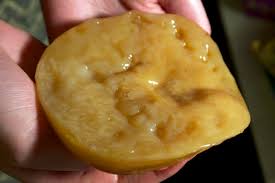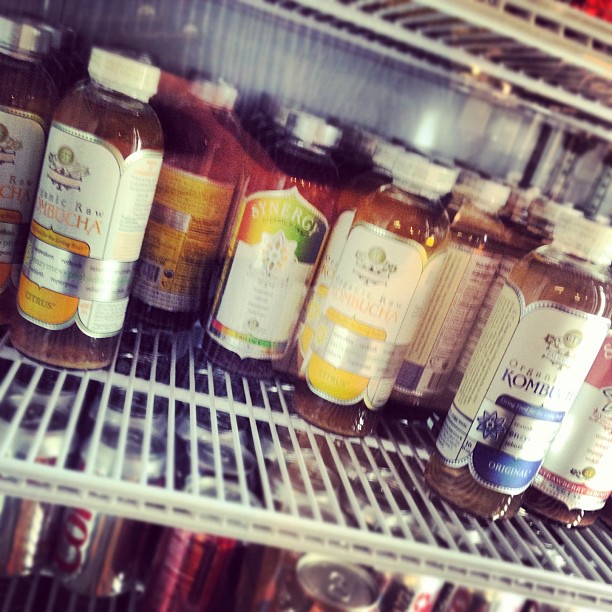Alright, it’s time we talked about Kombucha.
The fermented tea beverage has seen staggering sales increases over the last five years as the functional beverage category has expanded along with customer’s focus on health and nutrition. Various labels can be found in health stores, grocery stores, and even 7-11. In 2015, sales were over $.6 billion; by 2020 they are expected to reach $1.8 billion with an annual growth rate of 25%.
As one manufacturer noted, “With beverages, even 10 percent annual growth is eye-opening, so nearly 30 percent sales growth is a highly robust rate that we don’t’ expect to slow down anytime soon.”
A New Type of Brew
Though often combined with fruits and botanicals to be more palatable, in its purest form the drink is composed of only three ingredients: tea, sugar, and something called a SCOBY—a symbiotic culture of bacteria and yeast. Manufacturers and home brewers alike leave the concoction for about two weeks; the culture ferments the sweet tea, making it a pro-biotic laden elixir best described as tasting like a lightly sweet vinegar soda.
Bacteria with Benefits
A bacteria laden vinegar soda? Why would somebody drink that? Well, most people don’t. They drink flavored varieties. Regardless, it’s not the taste, it is the drink's semi-mystical health benefits that are driving sales.

These supposed health benefits range from the inspiring to the downright miraculous. Among its believers, it has been linked to alleviating depression, joint pain, acne, headaches, stress, menstrual discomfort, hemorrhoids, and constipation; preventing cancer; treating HIV/AIDS, diabetes, gallstones, high cholesterol, high blood pressure, and liver problems; and reversing hair color loss, hair loss in general, and signs of aging. If true, that would be one magic brew.
Bacteria Benefits Not All Backed by Science
But according to experts, many of these claims fall somewhere between exaggeration and fallacy. Nutritionists encourage consumers to “be mindful of health claims” while pointing out, “There is really very little evidence to support any kind of claims about kombucha tea.”
Some of this opacity is the result of being understudied as a recent entrant in the mainstream market, some of it a necessary correction to rein in its enthusiasts declaring it a panacea. But this does not mean there are not tangible health benefits. The beverage is undeniably chalk full of Vitamin B, and its bacteria assist in digestion by breaking down foods into more digestible nutrients, although such benefits can also be derived from yogurt. Yet none of this naysaying seems to hurt sales.
Don’t Kill My Buzz (Does it Give you a Buzz?)
Manufacturers' biggest concern at the moment relates to regulation which, like a rouge bacterium can sour their brew. Because the fermentation process necessarily converts sugar into ethanol, all kombucha contains at least trace amounts of alcohol and some contains as much as 5%, the same as the typical domestic beer. Thus, some states classify it as an alcoholic beverage subject to the attendant regulations. This is a big problem. According to Ed Rothbauer of High Country Kombucha, “It kills the industry. People that are looking for healthy alternatives don’t go to liquor stores to look for it.”
Yet despite this potential hiccup, sales have continued to surge, particularly among millennials. Adults between 25-34 years-old constitute 51% of the market. As millennials accrue disposable income and increasingly prioritize health and all things exotic, it attracts new evangelists and eyeballs every day. The functional beverage category continues to expand while consumers demand more from the products they purchase, and kombucha is undeniably its star player.


